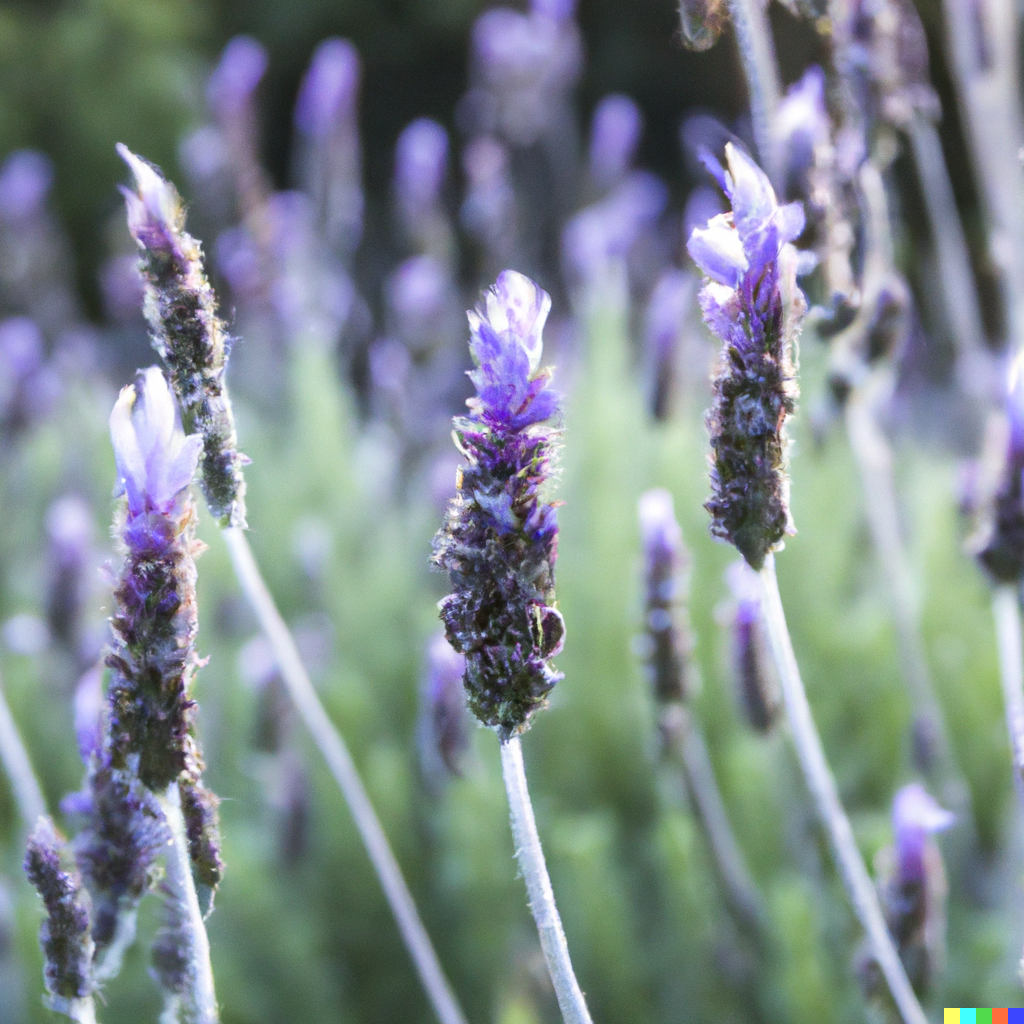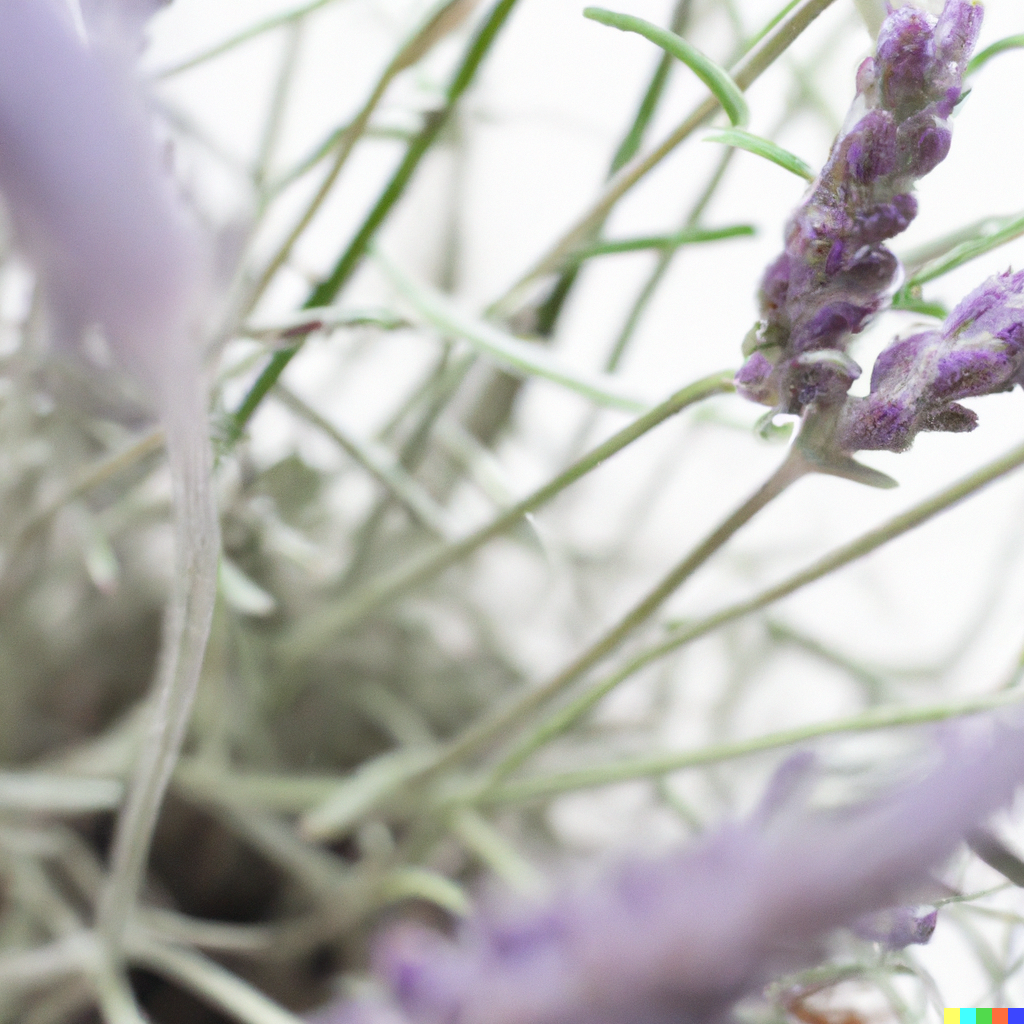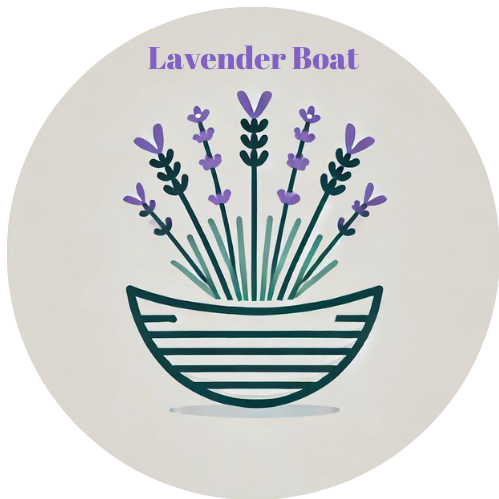With over 400 types, some of the most popular lavender varieties include English, French, Spanish, Portuguese, Lavandin, Stoechas, and Wooly. Each has different growing habits, best uses, and aroma profiles.
Listen to this
or read on…
Introduction
With over 400 types of lavender in existence, this fragrant flowering plant comes in many beautiful and functional varieties.
Some lavenders are prized for their delicate scent, while others are valued for their robust growth or adaptability to different climates. From English lavender’s famous fragrance to Portuguese lavender’s heat tolerance, unique varieties offer an array of perks.
While personal preference plays a role, a few lavender species stand out as consistently popular across gardens, nurseries, and lavender products. These varieties are grown commercially in fields all over the world to meet demand. Read on to learn about the origins, growing habits, aroma profiles, and uses of the most widely beloved lavender varieties. Discover which one suits your goals and preferences, whether for a decorative garden, homemade crafts, or therapeutic remedies.
Here we will consider the most common lavender varieties.
Starting with the difference between English and French lavender.
English Lavender
This treasured species is arguably the most recognisable lavender variety. Native to the western Mediterranean region, English lavender (Lavandula angustifolia) thrives in cool, dry climates. Its short, compact mounds bloom spring through summer, filling the air with sweet fragrance. English lavender’s fruity-floral aroma has medium intensity. The buds and flowers are prized for perfumes, culinary crafts, aromatherapy, and more. English lavender makes excellent hedges, border plants, and topiaries in outdoor gardens. It can also grow well in containers. The versatile essential oil distilled from English lavender is extensively used.
French Lavender
Sometimes called “English lavender” abroad, French lavender (Lavandula dentata) is a different species. Native to Spain, Portugal, and Northern Africa, this variety grows larger and taller than traditional English lavender. Its long stems give it a loose, informal look. French lavender is highly aromatic, with a fruity, citrus scent, sometimes described as eau de cologne-like. Heat and drought-tolerant, it thrives in warmer climates. French lavender oils and flowers are used in perfumes, soaps, sachets, and more. This variety attracts pollinators to gardens in droves when it blooms in spring and summer.
Spanish Lavender
With multiple lavender species native to Spain, Spanish lavenders demonstrate exceptional heat and drought tolerance. Lavandula stoechas, also called French lavender, is one popular Spanish species. Compact and bushy, it blooms later in spring compared to English lavender. Dark purple “rabbit ear” shaped bracts top its flower spikes. Spanish lavender emits a sharp, crisp, herbaceous scent. The essential oils contain high percentages of camphor and are used to scent cleaning products. In landscaping, Spanish lavender makes low, informal hedges or front border plants. Another notable Spanish species is Lavandula multifida, with its uniquely serrated foliage.
Portuguese Lavender

Native to warmer climates, Portuguese lavenders thrive in heat, require little watering, and bloom repeatedly. Lavandula latifolia, also called broadleaved lavender, grows up to 5 feet tall with vivid purple blooms. It emits a strong, camphorous fragrance used in perfumes and soaps when distilled. Portuguese lavender makes an excellent evergreen hedge in hot, coastal climates. Another heat-loving Portuguese species is Lavandula luisieri, named for its discovery on the island of San Luis in the Azores. With abundant blooms on trailing stems, this variety works beautifully in rock gardens and along stone pathways. Its flowers lend a lemon-scented aroma.
Lavandin Lavender
A popular hybrid is Lavandin (Lavandula x intermedia), a cross between English lavender and spike lavender. Lavandin grows rapidly into a robust, hardy plant up to 3 feet tall. Its plentiful flowers yield higher oil content, making Lavandin the most heavily cultivated lavender for commercial essential oil production. However, Lavandin oil lacks the sweetness, complexity, and nuance of fine English lavender. It has an intense camphorous scent instead. The plant’s vigorous growth still makes it popular for hedges and landscape borders.
Stoechas Lavender
Also known as French lavender, the Stoechas species (Lavandula stoechas) grows wild across the Mediterranean. With its trumpet-shaped purple flowers topped by flagpole petals, its visual appeal earned it the nickname “butterfly lavender.” Stoechas lavender gives off a strong herbal-pine scent. The oil contains high amounts of camphor. Along with cleaning products, Stoechas oil is found in hair tonics. These compact, mound-shaped plants work well in front of borders or along pathways. Heat and drought-tolerant, Stoechas lavender thrives in sandy soils with ample sunshine.
Wooly Lavender

Native to the Canary Islands, Lavandula pinnata is commonly called wooly lavender thanks to its soft, velvety leaves. These fuzzy grey-green leaves contrast beautifully with their pink-purple blooms. Wooly lavender has a bold, exotic bouquet described as a pine or eucalyptus scent. The plants grow in the wild on cliffs along the coastline. With proper drainage and gritty soil, wooly lavender can grow well in containers. It works nicely as an ornamental, desert-adapted potted plant. Wooly lavender flowers can be added to sachets. The essential oil is too harsh for most applications, but the buds add a unique fragrance when dried.
Final Thoughts
When it comes to lavender, scent and growing needs are deeply personal. English lavender may be the world’s most beloved, but French, Spanish, and Portuguese varieties have their own passionate followers. Gardeners in hot climates favour heat-loving varieties like Portuguese lavender. For prolific floral harvesting, sturdy Lavandin can’t be beaten. If seeking an unconventional look, wooly lavender offers texture from its furry foliage.
Beyond your location and visual preference, consider the aroma that evokes pleasant memories or suits your project. Flowery English lavender perfumes products beautifully, while camphor-forward Spanish lavender works well for cleaning. By exploring the diversity of popular lavender species, you can discover new types to try.
Just like getting to know fascinating people, growing different lavender varieties expands your knowledge and appreciation. Follow what thrives easily in your climate, then experiment with new additions. Tuck them into gardens, containers, or sachets. Soon you may find yourself falling in love with a new lavender as it infuses your life with joy through sight and scent.
For tips on growing the best lavender for your needs, check out our lavender care guides. Don’t forget to follow us on Facebook and Instagram for regular lavender inspiration!






